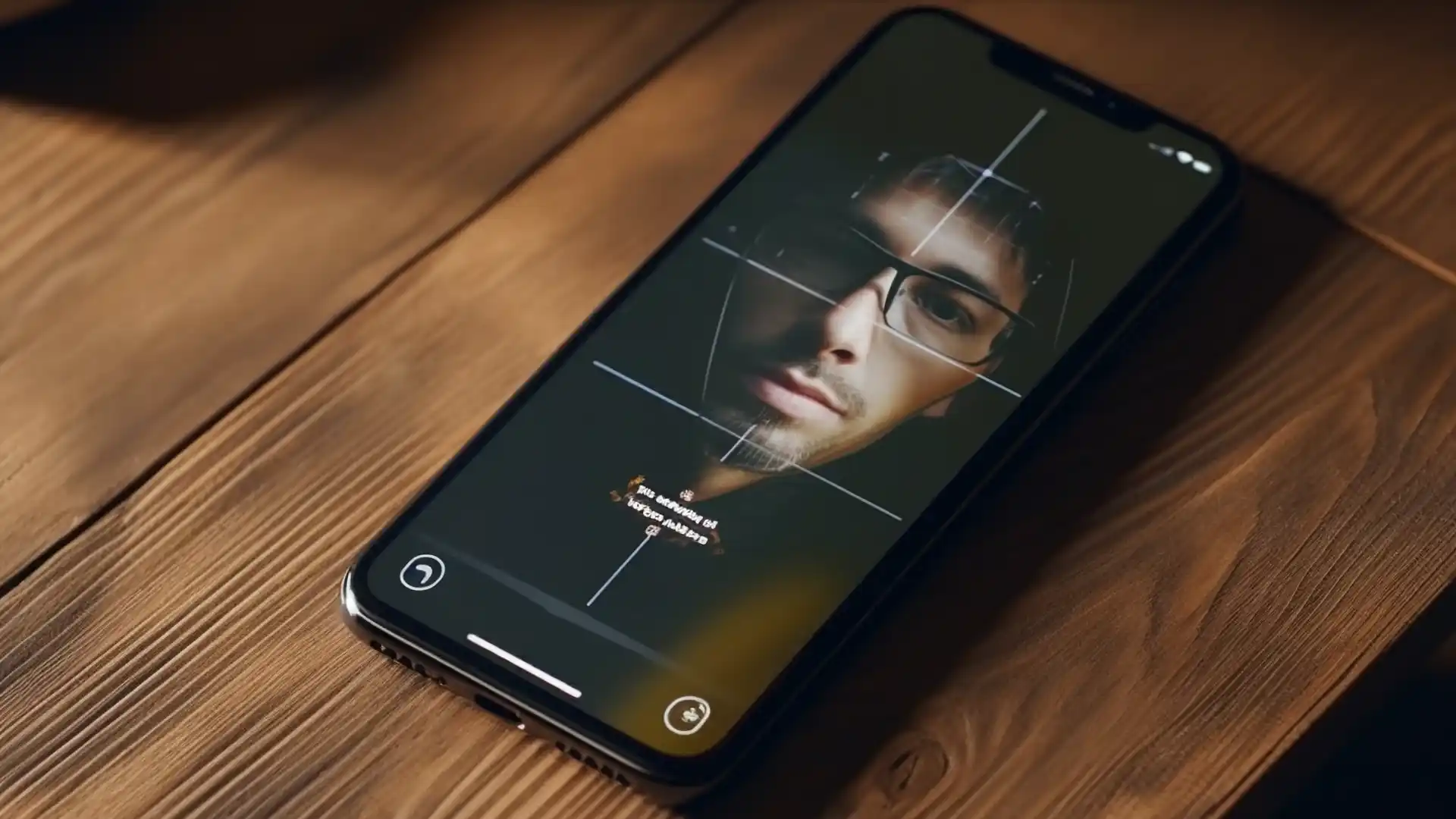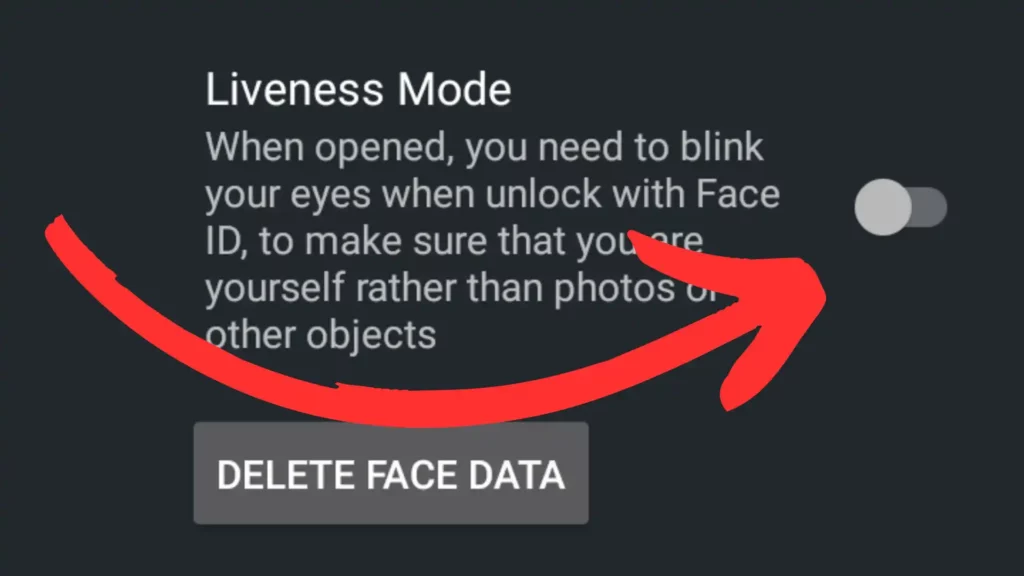Fraud Alert
Exposed: 19 Smartphones Vulnerable to Face Recognition Hack with Photos!

Hey there, tech enthusiasts! Have you ever marveled at the magic of Face Recognition or also known as Facial ID Verification on your smartphone? I certainly have. It's amazing how our phones can recognize our faces and unlock themselves – it's like living in a science fiction movie. You just glance at your screen, and voilà! Access granted. The convenience of Face Unlock Technology is undeniable, and it has quickly become a favorite feature for many of us.
Facial recognition on phones, especially on smartphones, is more than just a fancy trick. It's a testament to how far we've come in integrating technology into our daily lives. But as much as we love this feature, we need to ask ourselves: How secure is it really? Let's dive into this.
The Security of Facial Recognition on Smartphones
When we think of the security of our smartphones, many of us tend to believe that the modern technologies integrated into these devices are near-impenetrable. Especially when it comes to Facial Recognition Security. After all, what could be more unique and secure than our own faces?
The technology that powers Face ID and face unlock on smartphones is called biometric facial recognition. This advanced tech analyses the unique patterns and features of your face to identify you – it's like your face is the key to your digital world.
However, as secure and futuristic as this may sound, recent findings suggest that we might need to reconsider how foolproof this technology really is. Let's explore further.
The Shocking Revelation: 19 Phones Vulnerable!
Just when we thought our face ID phones were the epitome of security, a bombshell dropped. A recent study by consumer watchdog Which? revealed a shocking truth about the face unlock technology we've come to rely on. It turns out that these seemingly secure facial verification systems on many popular smartphones can actually be tricked! And no, we're not talking about high-tech hacking. Instead, a simple 2D photo can do the job. Yes, you read it right, a photo!
Imagine my surprise when I learnt that 19 popular smartphones were found to be easily spoofed by a 2D photo that wasn't even of high resolution. This photo was printed on standard office paper using a regular office printer12.
These phones that flunked the test come from well-known brands like Honor, Motorola, Nokia, Oppo, Samsung, Vivo, and Xiaomi. The specific models include:
- Honor 70
- Motorola Razr 2022, Motorola Moto E13, Motorola Moto G13, Motorola Moto G23
- Nokia G60 5G, Nokia X30 5G
- Oppo A57, Oppo A57s
- Samsung Galaxy A23 5G, Samsung Galaxy M53 5G
- Vivo Y76 5G
- Xiaomi POCO M5, Xiaomi POCO M5s, Xiaomi POCO X5 Pro, Xiaomi 12T, Xiaomi 12T Pro, Xiaomi 12 Lite, Xiaomi 131.
These findings are enough to send chills down anyone's spine. The next time you use your face unlock feature, you might just think twice.
How Does the Hack Work?
You might be wondering, “How can a simple 2D photo trick my phone's high-tech face unlock feature?” I was too. So, let's delve into how this surprising hack works.
The face recognition systems of these vulnerable phones aren't as sophisticated as we might think. They were found to be fooled by a 2D image of the owner's face, and shockingly, this image didn't even need to be high-resolution. Simply put, a photo of the user, printed on an everyday office printer on normal, non-photographic paper, was enough to deceive these systems.
To make matters worse, the ease with which these phones were spoofed raises significant security concerns. The illusion of security offered by these facial recognition systems, as it turns out, is quite thin, and a hacker wouldn't need much more than a standard photo and a printer to access your sensitive information.
This revelation forces us to rethink the robustness of our phone's security and the integrity of face recognition technology. Isn't it ironic how a feature designed to enhance security could end up making our devices more vulnerable?
The Implications of This Security Flaw
Alright, let's talk about what's at stake here. What does this security flaw really mean for us, the users of these devices?
First and foremost, it's essential to realize that our smartphones are not just communication devices anymore. They are treasure chests filled with sensitive personal data, from our photos and messages to our financial information.
Imagine this – a hacker, armed with nothing but a printed photo of your face, gains access to your phone. Suddenly, they have your entire digital world at their fingertips. Scary, right? Well, that's precisely the kind of risk this security flaw presents.
Let's take the Google Wallet app as an example. This app, which is available on all the affected phones, provides access to bank cards registered on the device. In the UK, users can make contactless payments with Google Wallet up to £45 without needing to unlock the phone. Beyond that, more secure biometrics are required1. With this security flaw, a hacker with access to your phone can make transactions up to this limit without raising any alarms.
Banks assure us they have countermeasures in place to mitigate such risks, employing additional requirements or multiple authentication measures for high-risk actions2. But, can we wholly rely on these safeguards, considering the vulnerabilities that have been exposed?
The bottom line is, this security flaw poses a serious threat to our privacy and financial security. It's not just about losing access to our phones, but potentially falling victim to scams and data theft. It's high time we take this issue seriously.
Responses from Manufacturers
Alright, now that we've got the scary part out of the way, let's see what the manufacturers have to say about this whole debacle. It's their technology, after all, that's under scrutiny.
Nokia was quick to highlight that it informs customers that the phone can be unlocked by someone who looks a lot like them. This is their subtle way of saying that their facial recognition isn't infallible. A bit of a cop-out, if you ask me, but at least they're upfront about it.
Samsung, on the other hand, stated that its fingerprint reader is its highest level of authentication. So, if you've got a Samsung, you might want to start using that fingerprint scanner a bit more often.
Vivo took a similar approach, mentioning that it tells customers during the phone's setup process that facial recognition is less secure than other locks they offer. It's a good reminder that we have other, potentially safer, options at our disposal.
Honor chipped in too, saying that they typically complement their facial recognition solution with more secure fingerprint technology. They leave it to the consumer to use the security option they prefer. It's all about choice, they say.
As for Motorola, Oppo, and Xiaomi? Well, they were pretty quiet, not responding to Which?'s request for comment at the time the report was published. Let's hope they're busy working on improving their facial recognition technology, right?1.
So there you have it – a mix of responses, some reassuring, others not so much. But at least it's clear that the issue is now on their radar. Let's hope they take the necessary steps to fix it.
Recommendations for Consumers

So, what can we, the users, do in light of all this? The answer is simple, my friends: let's start taking control of our security.
First off, if you're using any of the affected phones, it's a good idea to switch off that facial recognition feature pronto. I know, I know, it's convenient, but it's not worth the risk, believe me. Instead, go old school and use a strong password or a long PIN. The longer and more complex, the better. And when I say complex, I mean mix it up with numbers, special characters, uppercase, lowercase – the works.
If your phone has a fingerprint sensor, that's another great option. Fingerprint sensors are generally considered to be more secure than face recognition. After all, it's easier to get a picture of someone's face than to duplicate their fingerprint, right? So, give your thumb a workout and start using that fingerprint sensor.
And it doesn't stop there. You can also add an extra layer of security to your apps, especially the ones containing sensitive information. Log out when you're not using them or set up passwords or biometric locks. And for the Google Wallet users among us, set up a second lock on the app. This could be a PIN, pattern, password, fingerprint, or Iris scan, depending on what your phone offers1.
Lastly, and perhaps most importantly, it's high time manufacturers improved the security of their facial recognition systems. After all, it's their responsibility to ensure our devices are safe and secure. They need to step up and take this issue seriously. Better biometric systems are a must in this day and age, and we, as consumers, should demand nothing less. So, here's to hoping they heed the wake-up call!
Conclusion
Well, my friends, that's been quite a journey, hasn't it? We've dived into the murky waters of facial recognition vulnerabilities and emerged, hopefully, a bit wiser and definitely more aware.
Let's be real here, we live in a world where our phones are extensions of ourselves. They carry our secrets, our memories, our financial details – you name it. That's why it's so crucial to be aware of potential threats and vulnerabilities, like this face unlock one we've been talking about.
But guess what, I discovered something really useful – an option on my phone called “Liveness Mode”. When enabled, it adds an extra layer of protection to the Face Recognition feature. It might ask you to blink or wink your eyes, cleverly catching out any potential hackers trying to use a photo of your face to gain access. It's a nifty feature that truly enhances the security of our phones.
If there's anything to take away from all of this, it's that security should never be taken lightly. We need to stay vigilant and take active steps to protect our digital lives. But remember, we're not alone in this. Phone manufacturers have a big role to play here. They're the ones building these devices and selling them to us. We trust them to put our security first, and it's clear that there's room for improvement.
Facial recognition technology, when done right, can offer a lot of convenience. But for it to truly be successful, it needs to be robust and secure. We need systems that can't be fooled by a simple 2D photo. We need systems that keep our data safe, no matter what. The technology is out there, and it's up to the companies to use it and give us the security we deserve.
So here's to a future with more secure phones, features like Liveness Mode and fewer vulnerabilities. It's a future we all deserve and should strive for. Until then, stay safe, stay aware, and remember – a long PIN or a fingerprint is still your best friend!
FAQ
How does facial recognition work in smartphones?
Facial recognition on smartphones uses a series of sensors to capture the unique patterns and contours of a person's face. This data is then converted into a digital format and compared to the facial data stored on the device to confirm the user's identity.
Which smartphones have Face ID?
Face ID is a term coined by Apple for their facial recognition technology and is currently exclusive to their iPhones. However, many other smartphone brands, like Samsung, Oppo, Vivo, and more, also utilize facial recognition technology under different names.
How many people use facial recognition on phones?
While we couldn't find the exact number of people using facial recognition on phones, according to a recent report from Juniper Research, by 2024, biometric facial recognition hardware such as Face ID integrated in iPhones, will be deployed on more than 800 million mobile devices, respectively 90 percent of smartphones, following an annual growth of more than 50 percent
Can face recognition be fooled by a photo?
Recent reports suggest that some facial recognition systems on smartphones can indeed be fooled by a 2D photo. A study conducted by the consumer group “Which?” found that 19 models from popular brands like Honor, Motorola, Nokia, Oppo, Samsung, Vivo, and Xiaomi could be unlocked with a printed photo. This is a concerning finding, as it poses potential security risks for users with these devices..
What are the pros and cons of facial recognition?
Facial recognition technology offers a convenient and quick way to unlock your smartphone. It's hands-free, which can be particularly useful when you're holding something else. However, as we've just discussed, there are concerns about the security of this technology, especially when it can be tricked by a photo. It's also worth noting that some people may find it uncomfortable to have their facial data stored on their device.
Is face recognition better than fingerprint?
Whether facial recognition is better than fingerprint really depends on what you value more – convenience or security. Facial recognition is generally quicker and more convenient, but fingerprint sensors are often considered more secure. That being said, both technologies have their own set of pros and cons, and the best one for you really depends on your individual needs and comfort levels.
Does Face ID work with eyes closed?
No, Apple's Face ID does not work with eyes closed. As a part of their security measures, Apple has designed Face ID to only unlock your iPhone when you're actively looking at it.
How does facial recognition scan your face?
When you set up facial recognition on your phone, it asks you to position your face in front of the camera. The system then uses sensors to create a detailed map of your face, capturing distinctive features like the shape of your eyes, nose, and mouth. This information is stored securely on your device and is used for comparison when you try to unlock your phone.
How does facial recognition work step by step?
When you try to unlock your phone with facial recognition, the process works in a few steps:
1. Your phone's front-facing camera and sensors capture an image of your face.
2. The system converts this image into a digital format.
3. This digital representation is compared to the data stored on your device.
4. If the data matches, your phone is unlocked. If not, access is denied.
10. Can facial recognition be improved?
Yes, facial recognition technology can definitely be improved. In fact, it has already improved dramatically in only a few years. As of April 2020, the best face identification algorithm has an error rate of just 0.08% compared to 4.1% for the leading algorithm in 2014, according to tests by the National Institute of Standards and Technology (NIST).However, there is still room for improvement. For example, a Dutch study found that the face-unlock feature on nearly half of late-model Android phones can still be fooled by photographs. This highlights the need for smartphone manufacturers to enhance the security of their facial recognition systems to protect users from potential scams or unauthorized access to their devices.








